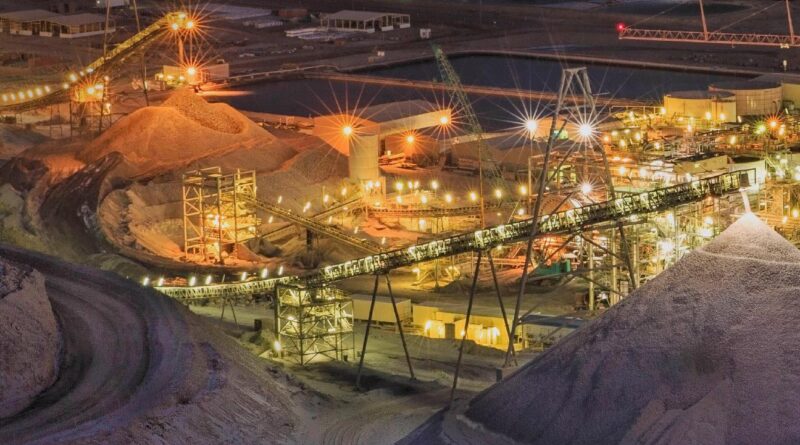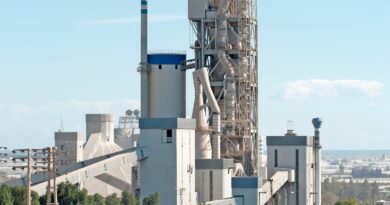MINERALS COUNCIL: The state of the mining nation
In his address Minerals Council President Mxolisi Mgojo outlined the key issues that affected the mining industry in 2020, and those fundamental factors that will affect performance in 2021.
SAFETY
At the outset, he reaffirmed that the industry’s first and foremost priority is, and must be, the health and safety of employees. The industry’s safety performance in 2019, and the years leading up to it, was tribute to the deep and intensive collaboration between role players – companies, unions and the Department of Mineral Resources and Energy (DMRE) – in putting safety at the forefront of everything the industry does.
In 2019, the mining sector recorded the lowest number of fatalities on record in South Africa’s mining history. In 2020, the industry continued the implementation of the Khumbul’Ekhaya strategy with a focus on eliminating fatalities as a result of safety and health incidents, and broadened the scope to encompass COVID-19 and what is required to keep employees, their families and communities safe.
HEALTH
He noted that the industry made enormous progress on many fronts, including in respect of TB and silicosis, despite the many challenges experienced during the year in respect of occupational health surveillance and management. He acknowledged that the way in which the industry is structured and resourced from a health perspective has provided it with an advantage in dealing with the COVID-19 pandemic in 2020 and going into 2021.
FOCUS ON VACCINATIONS, NOT VACCINES
Mxolisi charted the industry’s approach to vaccines: “Our collective priority and responsibility as a nation is to get as many ‘jabs-in-arms’ as possible, as quickly as possible, to save lives and livelihoods.
“We believe that as an industry we can vaccinate between 60,000 and 80,000 in two months. And that’s not just our own workforce of 450,000 people. For every employee vaccinated, we would envisage vaccinating at least five more people be they employee family members or community members.”
MINING MATTERS
On the economic front, he stressed that Mining Matters, and despite the challenges faced in 2020, mining continued to make a significant contribution to South Africa and its people.
He noted that the economic crisis faced by the country existed well before the COVID-19 pandemic and that the only way the nation would exit the downward spiral trajectory was for the country’s leadership to recognise that South Africa must become a competitive investment destination and to back this up with decisive action in the form of material structural and institutional reforms to stabilise the fiscus and public sector debt; restructuring or selling non-performing SOEs; improving policy certainty; and reducing ‘red tape’ and making South Africa a much easier place to do business.
“The Economic Reconstruction and Revival Plan tabled on 14 October 2020 does not address the criticality of these structural and institutional reforms. Instead it focuses on a huge infrastructure plan, which government has neither the capacity nor the balance sheet to be able to deliver.
“And it is not, as has been touted, the product of a business-government ‘meeting of minds’. The mining industry, through Business for South Africa has done an enormous amount of work in making a meaningful and proactive contribution to what needs to be done to be competitive and create investment in South Africa. It has been incredibly disappointing that a lack of decisive action has meant that – six months after the proposals were tabled – we still don’t have a coherent and inclusive plan.
“Government needs to partner with, and enable the private sector to grow the economy. It can do this by allowing private sector investment into rail, ports, electricity, pipelines, for example.”
EXPLORATION
Mxolisi explained that between 2000 and 2018 Canada attracted, on average, US$2 billion in exploration dollars per annum, Australia attracted US$1.8 billion, while South Africa attracted only US$194 million during the same period.
In 2019, South Africa accounted for only 1% of global exploration expenditure and only 0.1% of Greenfields exploration due to a lack of transparency in the permitting system; delays in the issuing of permits; regulatory uncertainty; and the lack of properly structured tax incentives for individuals or entities to invest into exploration in South Africa.
MODERNISATION
In terms of modernisation, he highlighted the acceleration of the fourth industrial revolution or 4IR. Innovation and 4IR technologies have helped the mining industry manage the pandemic more effectively than would have been the case five to ten years ago.
Applications that were previously shunned by employees and unions, such as wearables and the remote monitoring of employees, were embraced to ensure the wellbeing and safety of mineworkers as they returned to work after the lockdown.
The industry has always advocated a people-centred, 4IR-enabled approach to modernisation of the sector.
Using 4IR technologies will also make South African mining and the rest of the economy more globally competitive and ultimately enable mining to make an even larger contribution to its economy and society.




